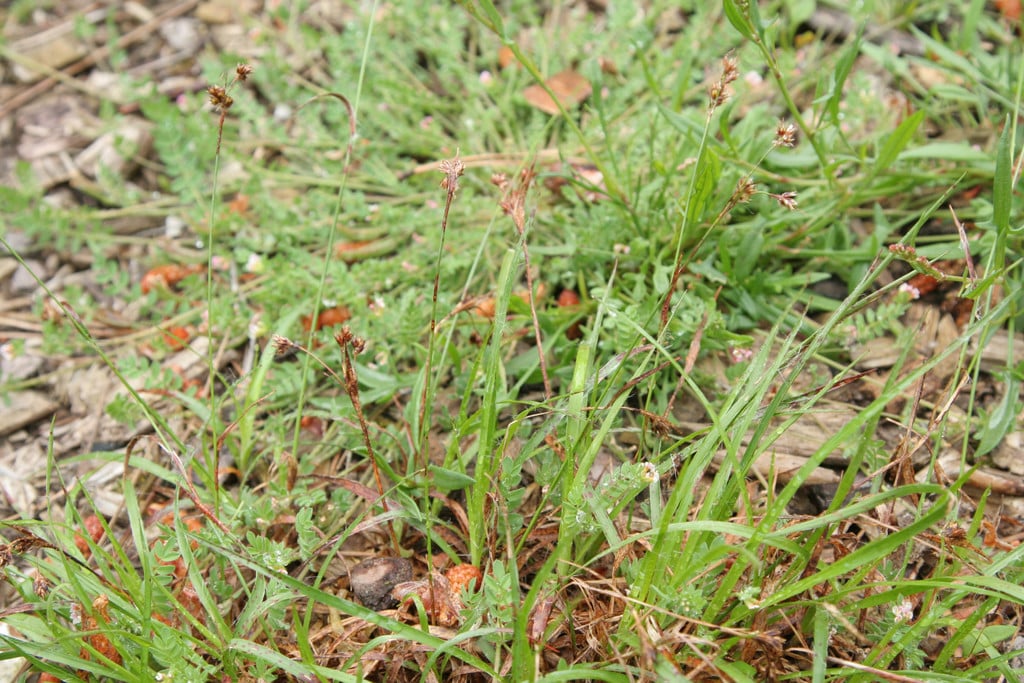Luzula campestris
field wood-rush
A grass-like perennial to 15cm high, with broad-bladed dark green leaves, edged with fine silky hairs. Produces distinctive dark brown flower and seed heads in spring. Spreads rapidly and is often found in lawns where turf grasses are weakened by poor drainage or acidic conditions
Size
Ultimate height
0.1–0.5 metresTime to ultimate height
1–2 yearsUltimate spread
0.1–0.5 metresGrowing conditions
Moisture
Moist but well–drained, Poorly–drainedpH
Acid, NeutralColour & scent
| Stem | Flower | Foliage | Fruit | |
| Spring | Brown | Green | ||
|---|---|---|---|---|
| Summer | Green | |||
| Autumn | ||||
| Winter |
Position
- Full shade
- Full sun
- Partial shade
Aspect
East–facing or North–facing or South–facing or West–facing
Exposure
Exposed or Sheltered Hardiness
H7Botanical details
- Family
- Juncaceae
- Native to GB / Ireland
- Yes
- Foliage
- Deciduous
- Habit
- Tufted
- Genus
Luzula are evergreen perennials, sometimes stoloniferous, with flat, linear leaves and tiny brown flowers in dense or lax clusters in spring or summer
- Name status
Correct
- Plant range
- Cosmopolitan
How to grow
Cultivation
Prefers moist conditions, and often dies back by midsummer. Can thrive in wet, acidic conditions where lawn grasses may struggle, making it a useful, and not unattractive, addition to a species-rich lawn. See field wood-rush in lawns for more information
Propagation
Propagates by seed and by creeping stolons (runners) on the surface of the soil; hand weeding can remove runners in fine lawns
Suggested planting locations and garden types
- Wildflower meadow
- Wildlife gardens
- Ground cover
Pruning
No pruning needed
Pests
Generally pest-free
Diseases
Generally disease-free
Love gardening
Sign up to receive regular gardening tips, inspiration, offers and more
View our Privacy Policy
Get involved
The Royal Horticultural Society is the UK’s leading gardening charity. We aim to enrich everyone’s life through plants, and make the UK a greener and more beautiful place.

